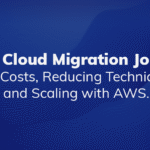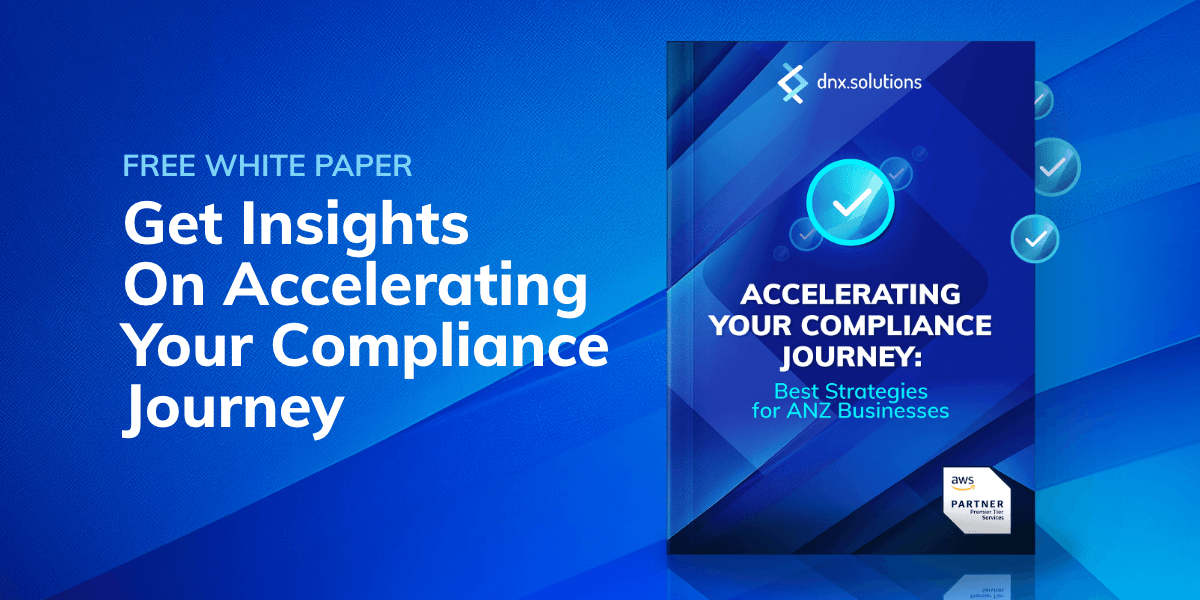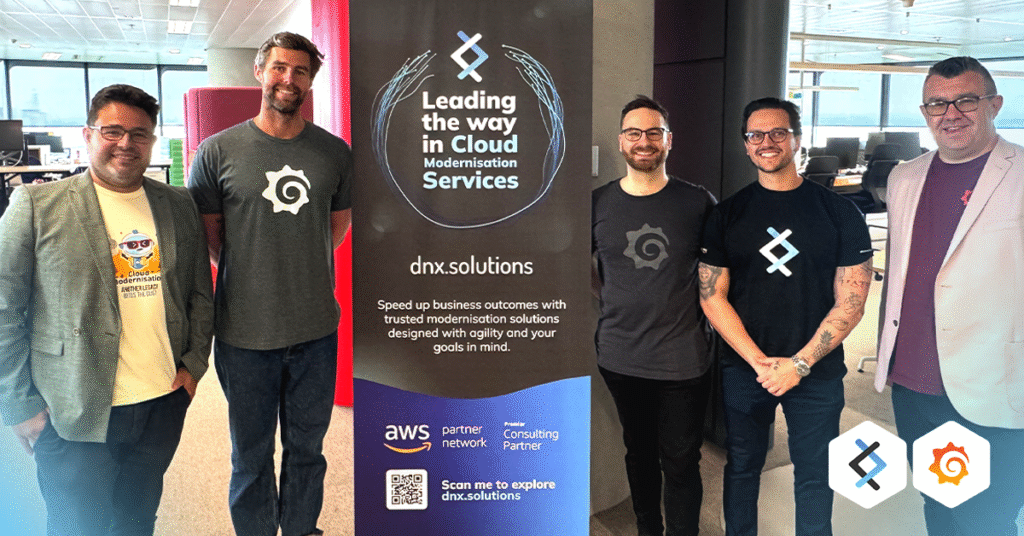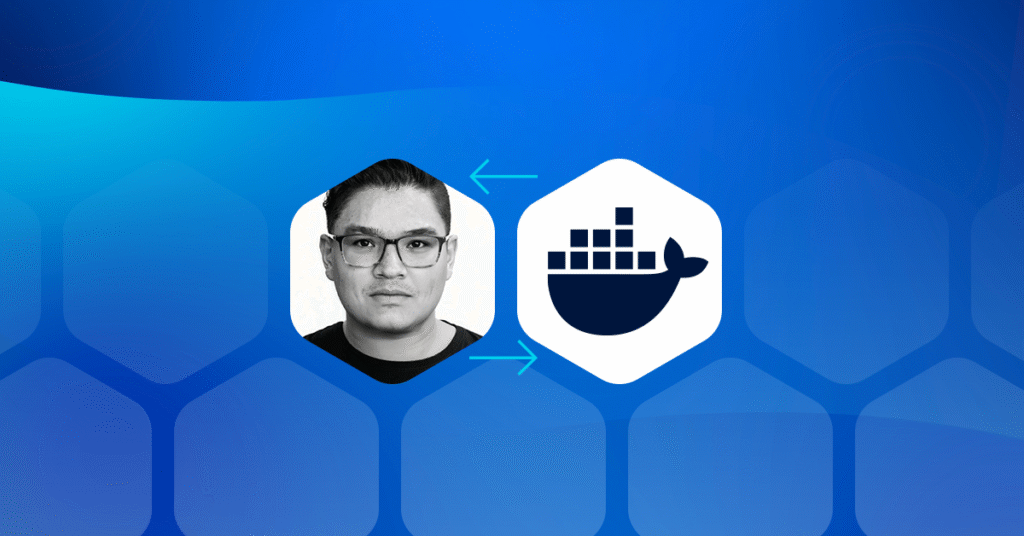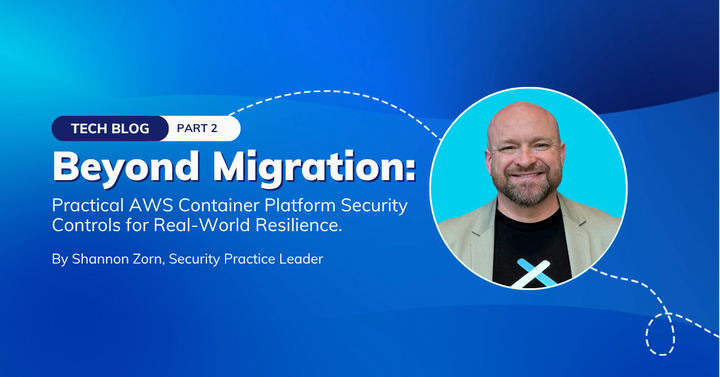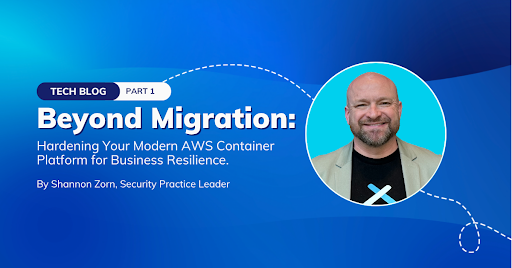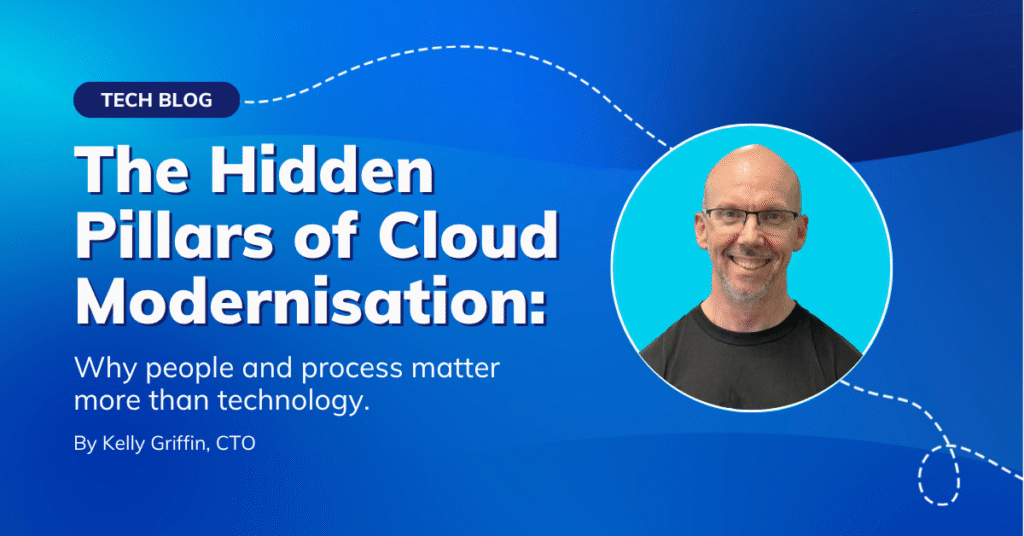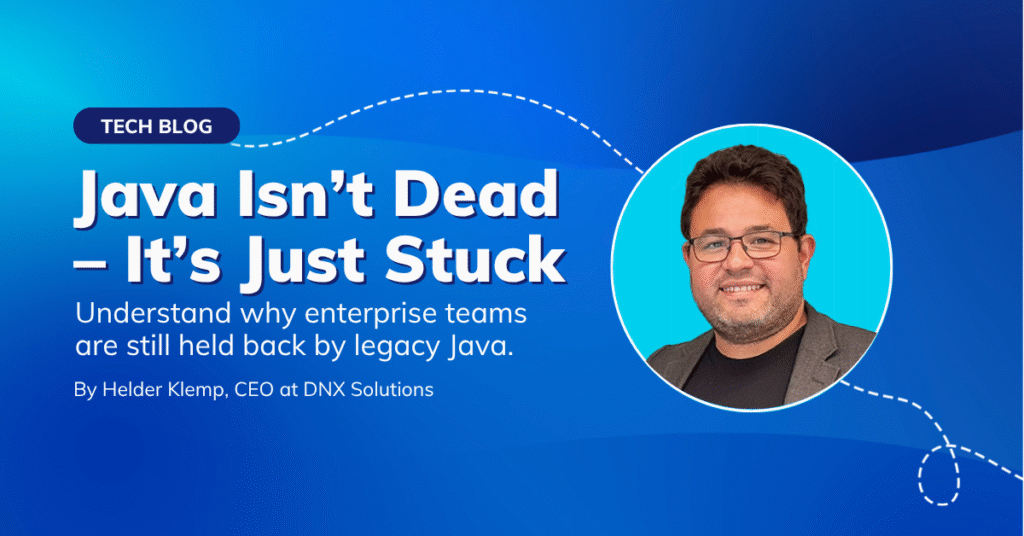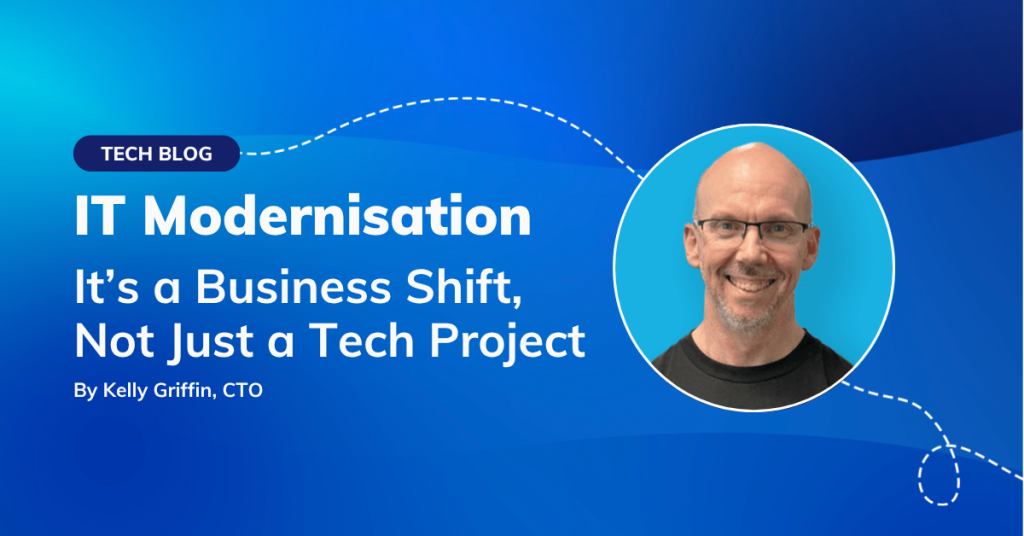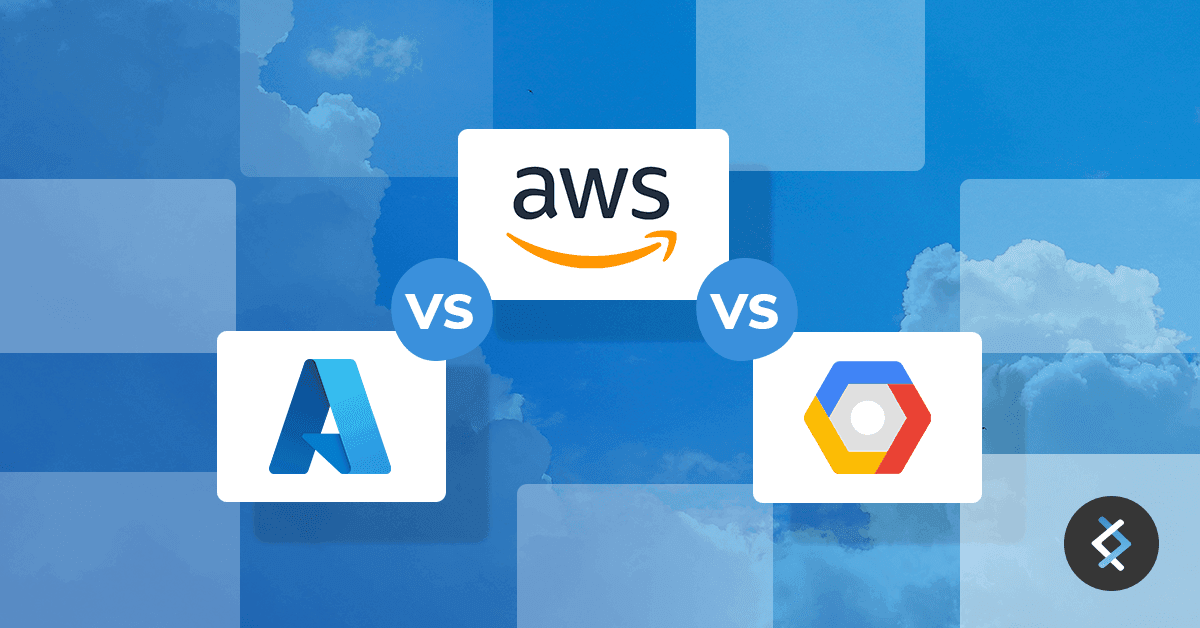
AWS, Azure, or GCP: Which cloud provider is right for you?
The Big Three
In modern day cloud computing, three major providers hold the top spots: Google Cloud Platform (GCP), Microsoft Azure, and Amazon Web Services (AWS).
While all three platforms look similar on the surface, with features such as self-service, autoscaling and high level security and compliance, the difference is in the details. Each of these providers vary in their computing capabilities, storage technologies, pricing structures and more.
When migrating to the cloud, the key to success is choosing a provider that matches your unique business goals. In this article, we outline the major differences and provide guidance on how to choose the right cloud provider for you.
Computing Power
GCP is less functionally rich than Azure and AWS, though it offers unique advantages including managing and deploying cloud applications, payable only when code is deployed.
Azure uses a network of virtual machines to offer a full variety of computing services, including app deployment, extensions and more.
AWS computing, termed E2C, is highly flexible, powerful and less costly than other services. E2C provides auto scaling to your usage, so you don’t pay more than necessary. AWS offers a sophisticated range of computing features including speed, optimal security, managing security groups, and much more.
Storage Technologies
Whilst GCP’s storage options are reliable, they remain fairly basic, with features including cloud storage and persistent disk storage.
Azure offers many storage cloud types to target various organisational needs, including Data Lake Storage, Queue Storage and Blob Storage. Additionally, File Storage is optimised for most business requirements.
AWS offers a wide range of storage solutions that allow for a high level of versatility. Simple Storage Service is industry standard, while Storage Gateway offers a more comprehensive storage approach.
Network & Location
GCP does not match the reach of Azure or AWS, currently serving 21 regions with aims to grow its number of data centres around the world.
Azure is available in 54 regions worldwide, keeping traffic within the Azure network for a secure networking solution.
AWS runs on a comprehensive global framework around 22 different regions, including 14 data centres and 114 edge locations. This ensures continuous service, reliable performance, speedy cloud deployment and lightning-fast response times.
Pricing Structure
GCP offers multiple pricing options, from free tier to long-term reservations. These prices are affected by many factors including network, storage and serverless pricing.
Azure charges on a per-second basis, allowing users to start and stop the service, paying only for what they use.
AWS provides a convenient pay-as-you-go model, allowing users to pay only for what they consume, without any termination fees.
Conclusion
AWS is the superior cloud provider in the market, reducing time to value for customers and increasing business agility. With significantly more services than the other providers, AWS offers a greater range of features to its users. For these reasons, among others, DNX Solutions works exclusively with AWS, helping our clients take full advantage of all the benefits it provides. Each of our solutions are designed with AWS in mind, allowing us to focus on getting the most out of the cloud for our clients, today and in the future.
How can DNX help you?
Contact us now to learn more about making the most of the many AWS benefits.
As an AWS partner, DNX offers the guidance and expertise for cloud migrations done right. We offer seamless migration to AWS, following best practice architectural solutions while offering modernisation as a part of the process. With a professional team by your side ensuring security, compliance and best practices, your business will get the most out of this powerful cloud provider.
Contact a DNX expert to book a free 15-minute consultation and explore your possibilities for Cloud Migration


